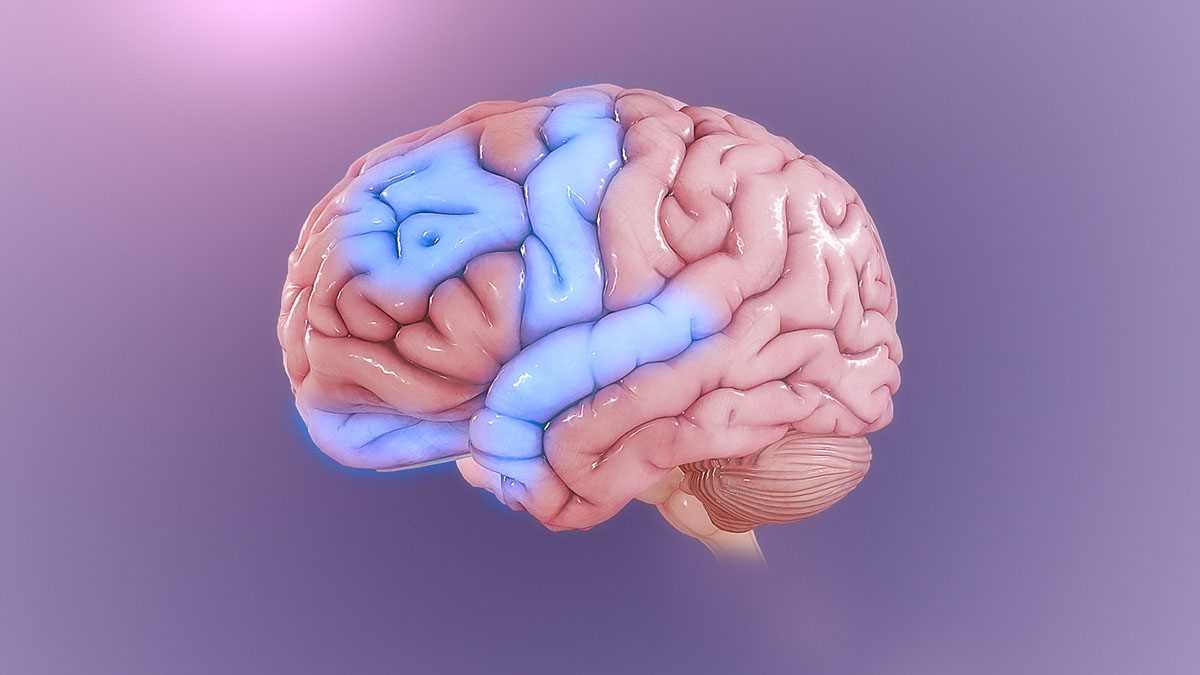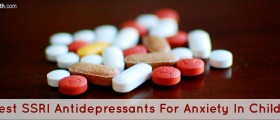
What is Obsessive Compulsive Disorder?
Obsessive compulsive disorder is a type of obsessive neurosis characterized by the imposition of thoughts and constraints to do actions that seem absurd, painful and unacceptable. The person is forced to perform some operations, which he/she considers as imposed and unpleasant. If a person objects doing them, he/she feels fear or guilt. Typical symptoms of obsessive-compulsive disorder are obsessive imagining, counting, compulsory hand-washing, or performing some ritual actions.Causes
The causes of this disorder are not fully understood. Possible causes include disturbances in neurotransmitters (disorder of serotonin and dopamine), genetic predisposition, psychosocial factors, the manner in which a person learns to react to the environment. In some patients, the disorder may occur after stressful events such as the loss of loved ones or pregnancy.Treatment
At the beginning of treatment it is important to give to the patients and their families as much information about the disease as possible and make them familiar with treatment options.The treatment includes pharmacotherapy and specific methods of psychotherapy. But, combination of both approaches is the most effective. Recommended medications include selective serotonin reuptake inhibitors (in higher doses than in the treatment of depressive or anxiety disorders) and the tricyclic antidepressant - clomipramine. It is often necessary to apply several drugs before a doctor finds out which is appropriate for the better control of symptoms. Sometimes, combination of medications (eg. antidepressants and antipsychotics) is applied.
Among psychotherapy techniques, cognitive-behavioral therapy is commonly used. Methods of exposure and response prevention techniques are usually applied.
First method assumes the patients exposure to precisely those situations that cause anxiety or fear, and thus trying to reduce the sensitivity and anxiety that occur in connection with obsession. The patient gets the tasks that must be carried out ("homework") and during their performance gradually gets used to such situations, reducing discomfort. Therapist or close person can help to the patient in carrying out these tasks.
Response prevention techniques try to alleviate the obsessions and reduce the number of ritual doings. Cognitive approach attempts to change the way of "catastrophic thinking" and outrageous sense of responsibility.
Sometimes, patients refuse medication or the implementation of behavioral therapy. In these cases, it is important to recognize that resistance and try to explain it, together with the patient. Insight into own behavior provides understanding psychological meaning of symptoms and why patients sometimes refuse to give up the symptoms. This is crucial for full acceptance of treatment, improvement of symptoms and disease curing.
Previously, the prognosis of this disorder was considered poor, but development of treatment options has improved the outcome of this disorder. Since the nature of this disorder is chronic, the treatment is long-term.




-Causes,-Symptoms,-Diagnosis-And-Treatment_f_280x120.jpg)












Your thoughts on this
Loading...